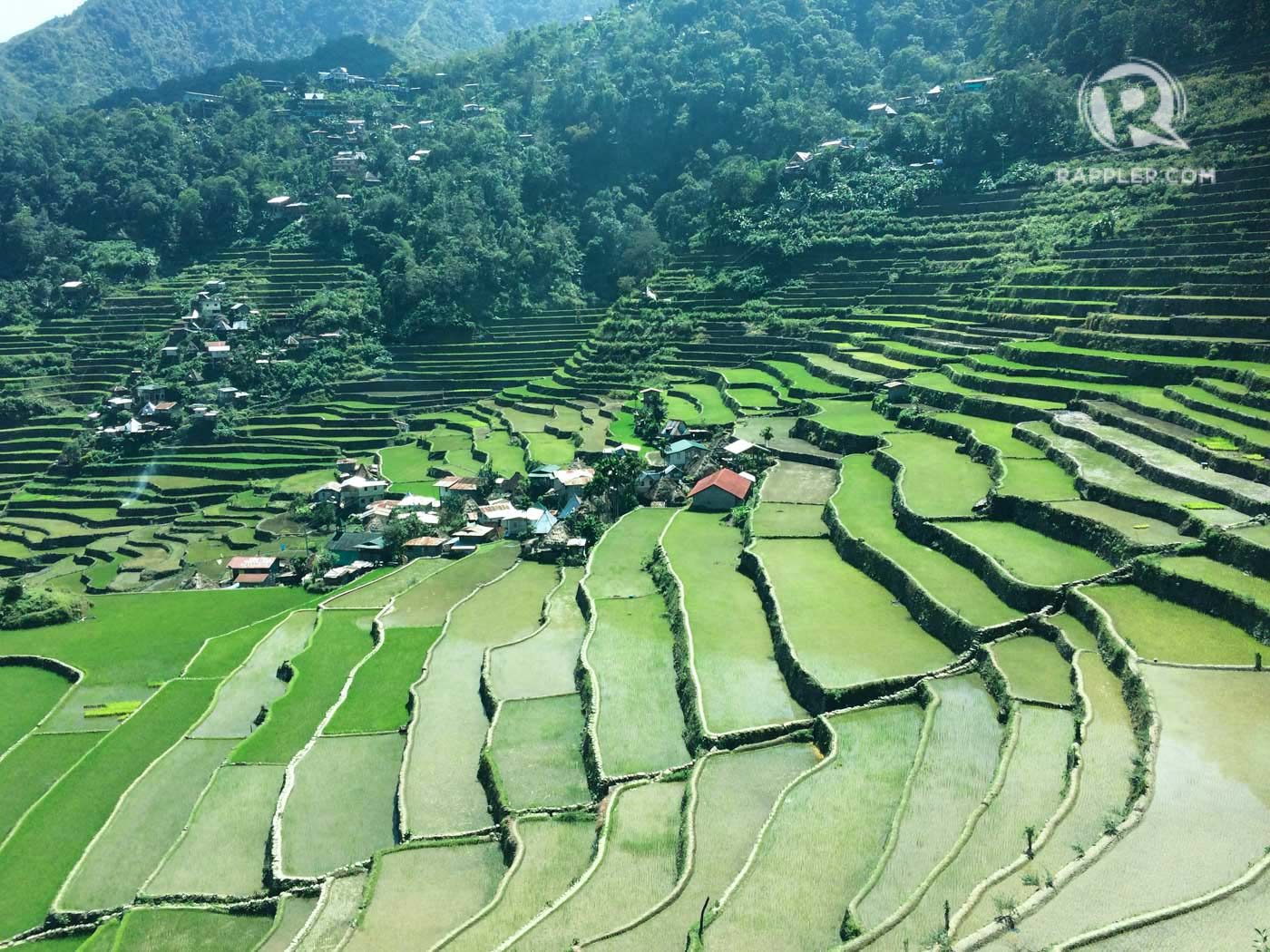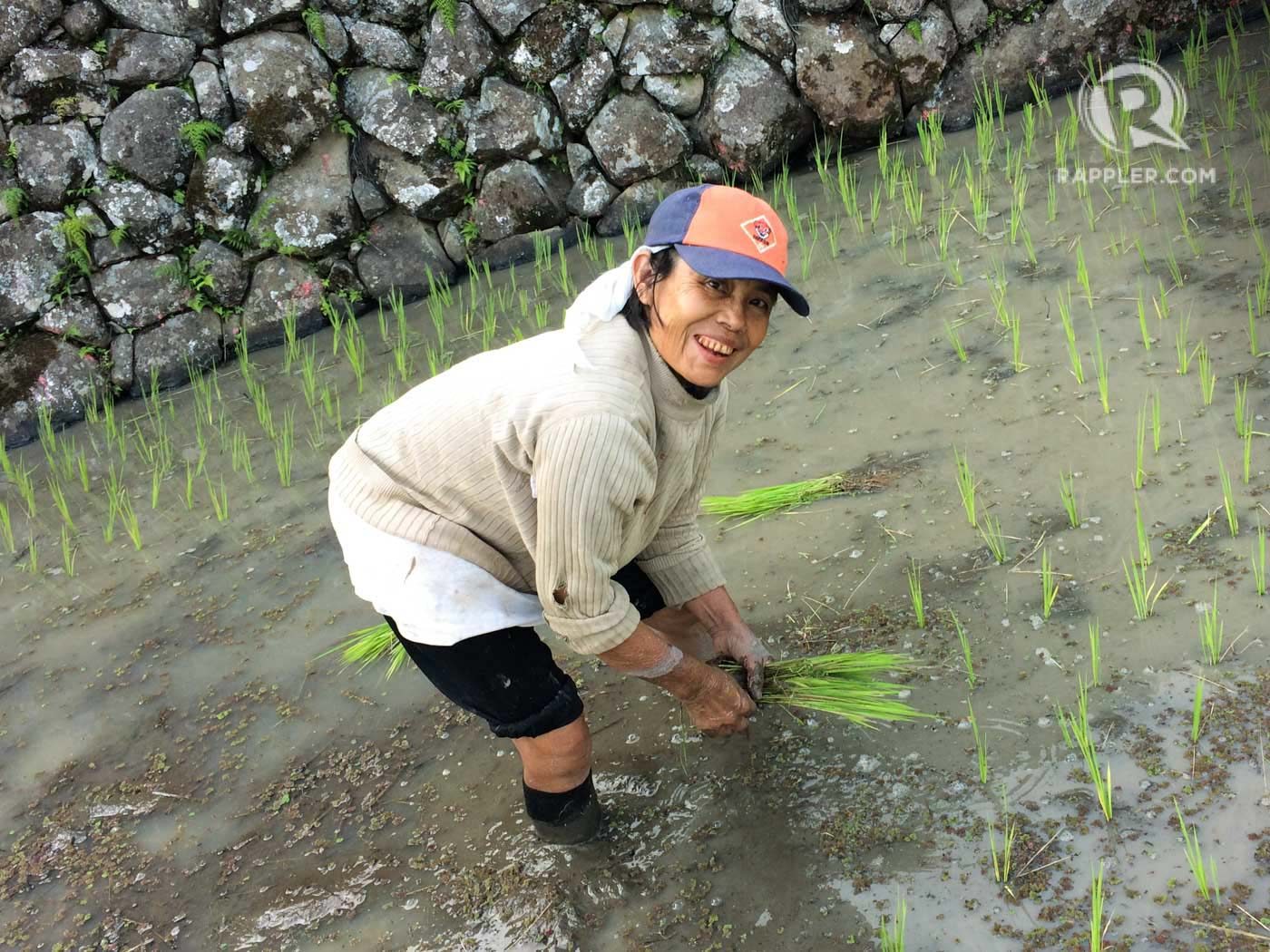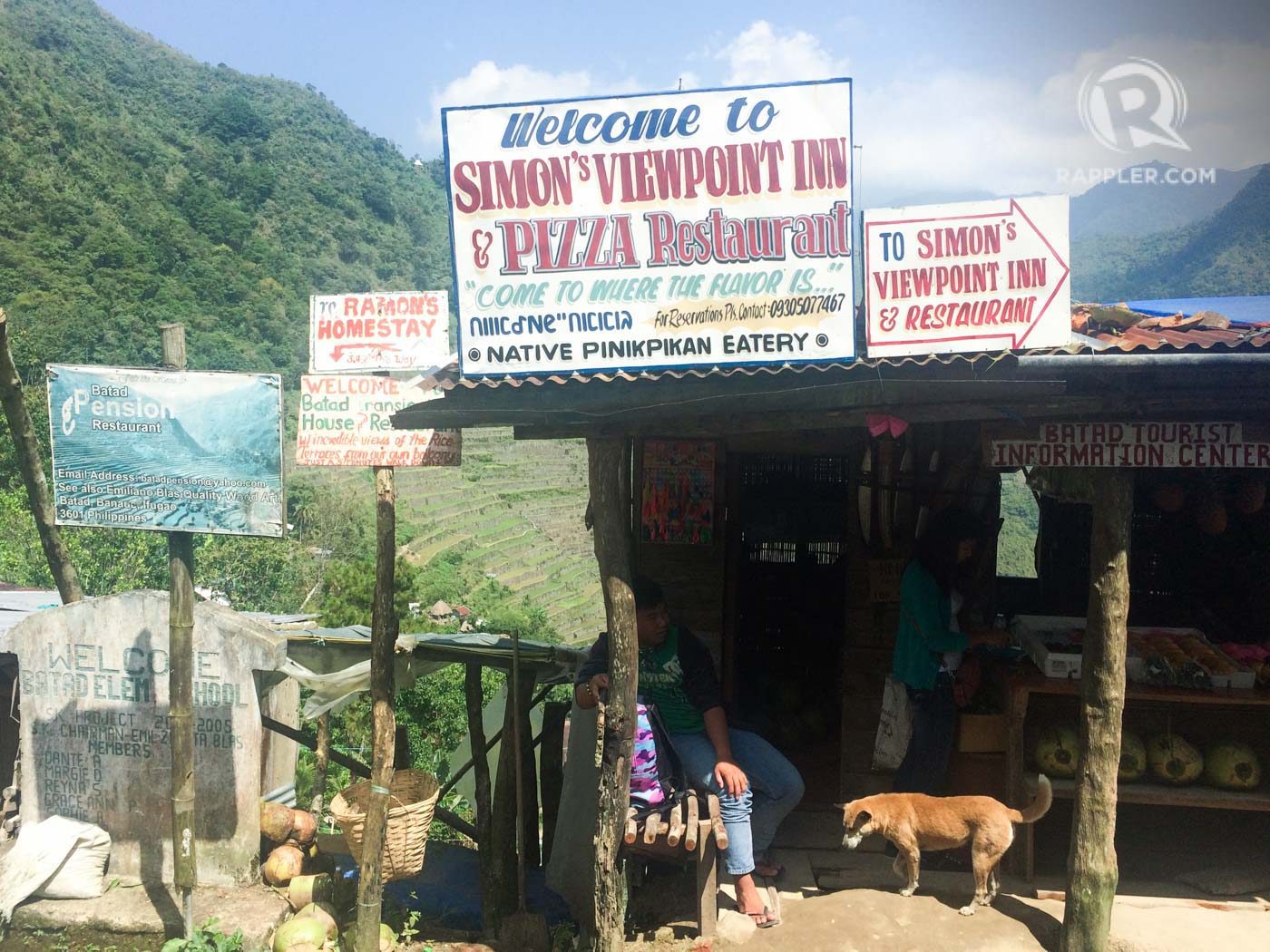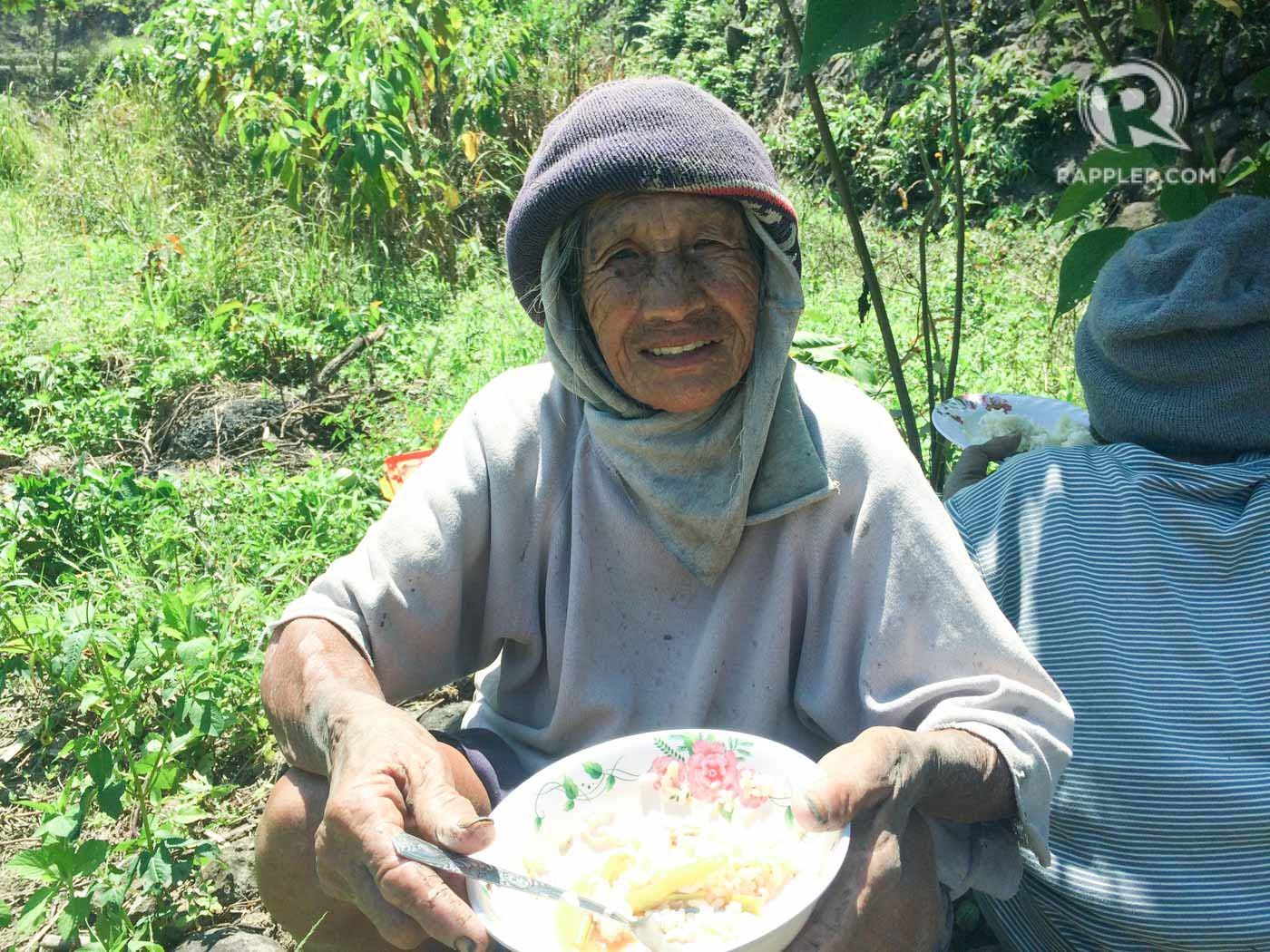SUMMARY
This is AI generated summarization, which may have errors. For context, always refer to the full article.

BANAUE, Philippines – The rice terraces are world famous, and the popular tourist site has also gone through several ups and downs over the years. It was always referred to as the eighth wonder of the world, but never officially made the coveted list. In 2001, however, it landed a spot on the danger list that almost cost it the recognition of being a world heritage site.
The threats stem from unregulated development, weak farming management, and uncontrolled tourism.
As visitors, we can all take a moment to appreciate the stories of the mountains and its people, and hopefully work with each other to sustain the community.
1. Remember that it took a thousand years to build the terraces
A popular theory for when the rice terraces were built is that of the late Otley Beyer, an American anthropologist who moved to Ifugao in 1905 and spent the rest of his life studying the culture and history of the region. According to Beyer, 2,000 years ago, a group of people from Indo-China who know how to cultivate wet terraces migrated to the northeast and settled in Ifugao to build their masterwork.
The skill was passed on to generations of mountainfolk, who continued to craft the terraces without aid of modern machineries. “They also applied their understanding of gravity and use of conduits to channel water from distant streams to water their fields,” the Ifugao scholar Manuel Dulawan wrote.
Truly, no world title can sufficiently encapsulate the creativity and relentless hard work of the people who built this magnificent village.
2. Remember the origins of the terraces
According to Dulawan, though there were already classes in the Ifugao society during the building of the terraces, the rights of workers were properly upheld. Remember, the terraces were not built as a show of grandeur, but as a way to improve lives for the people there.
“(The rice terraces) have never been tainted with the evils and injustices that marked the building of the ancient man-made wonders in other parts of the world,” Dulawan said.
And so, as visitors, we must remember that although we are paying for amenities, we must not treat locals as service-providers, but interact with the people allowing us to enjoy what they have worked hard to build.

3. Remember that the terraces are people’s livelihood
The fields are owned by virtue of ancestral rights by Ifugao families. Families who own several terraces can export rice to the market. But for Rosalia Buy-A, whose family owns one terrace, their harvest is just enough for their consumption. When El Niño hit the region in 2015, Buy-A said they had to buy their sacks of rice from the lowland. (READ: Signals: Tug of War)
The ampitheater of the rice terraces is there for us to admire, but we must remember that the real treasures are the men and women who continue to toil these fields.
4. Remember that our demands as tourists contribute to the area’s deterioration
The trail into the mountain and towards the Batad rice terraces is marked by the many signs of establishments luring tourists to pick them. They offer a whole lot – two of the things that stood out on the list for me were the hot shower amenities, and pizza on the menu. Good news for visitors, but what did it mean for the mountains?
It means that the mountain have to endure heavy construction of houses that could accommodate these types of services. It means more waste accumulated.
To this day, the mountains cannot be reached by communications signal and let’s be okay with that. Construction of a telecommunications tower would cause significant impact. We can Instagram our photos later.

5. Remember their struggle for dignity
As of 2016, there were more than 300 hectares of abandoned terraces. This meant a loss of as much as P100 million in yearly revenue from rice harvests, according to the Ifugao province’s master plan to rehabilitate the rice terraces.
Rice terraces are left untended because either Ifugao families migrate to the city, or the younger generations who stay do not want anything to do with farming. The men and women who still farm regard themselves as poor, or of a lower class than their neighbors who have found greener pastures.
Farming remains a low-income profession, and in other parts of the country, farmers do not even own the lands they toil. Policies have been suggested, from modernizing farming to entice more people to consider it, to boosting agriculture in the educational curriculum. That may take years to come to fruition.
When you chat with the farmers, be sure to show your appreciation for what they do.
(READ: A Filipino farmer’s plea: ‘Support us, love us’)

When you come home, and regain signal, post your photos, write your blogs, make good use of the Internet and tell the world that nestled within a mountain north of the Philippines, there are beautiful sights, and more importantly, beautiful people whose stories are worth sharing. – Rappler.com
See the Ifugao rice terraces for yourself! Check out our Agoda coupons for the best deals on travel.
Add a comment
How does this make you feel?
There are no comments yet. Add your comment to start the conversation.